Aquarium enthusiasts and aquascapers alike understand that creating and sustaining a thriving underwater ecosystem is an art form that requires both creativity and dedication. It’s essential to recognize that the beauty of an aquascape is not just in its initial creation but in the ongoing maintenance and care that keeps it vibrant and harmonious.
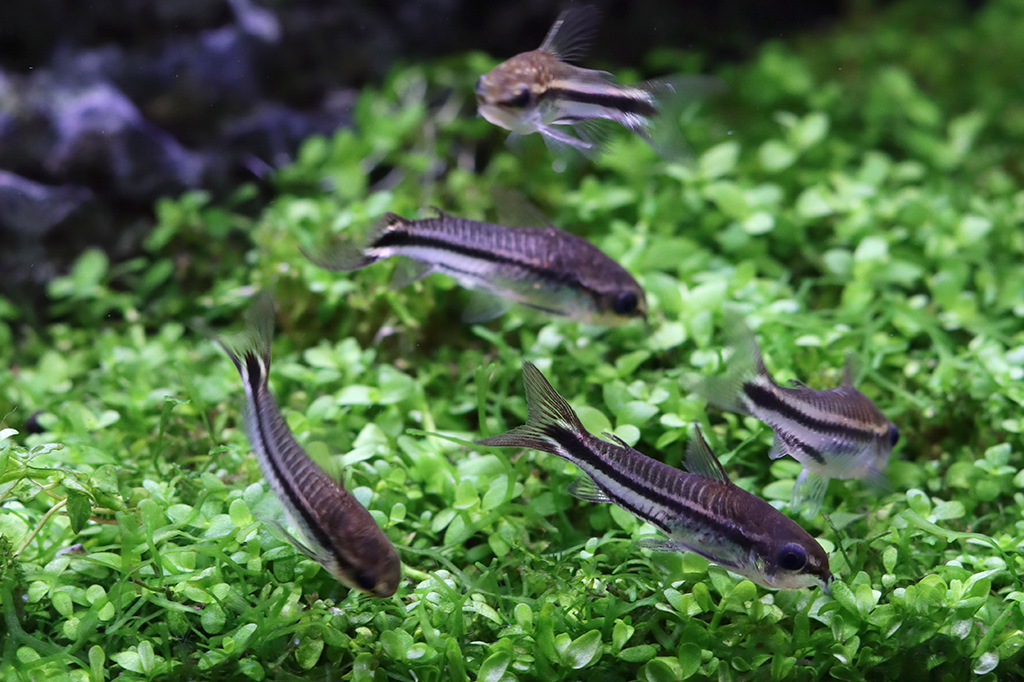
This is part 1 of the ‘maintenance and care’ series. Check out the other parts here:
Regular Water Changes
Regular water changes stand as the cornerstone of any successful aquascape maintenance routine, acting as the lifeblood that sustains the delicate balance for your scapes. The responsibility of changing 25-50% of the water on a weekly basis is not just a routine task; water changes are crucial for several reasons:
- Removal of Waste Products: Fish and other aquatic animals produce waste that can build up in the water over time. This waste can lead to poor water quality and can be harmful to the health of the fish and plants. Regular water changes help to remove these waste products.
- Nutrient Balance: Over time, essential minerals and nutrients in the water can be depleted, while others can accumulate to harmful levels. Changing the water helps to restore the balance of nutrients in the aquarium.
- Algae Control: Algae thrive in water that is rich in nutrients, particularly nitrates and phosphates. Regular water changes can help to control the levels of these nutrients, thereby helping to control algae growth.
- Disease Prevention: Regular water changes can help to prevent the spread of disease in an aquarium. By removing potential pathogens and parasites, you can keep your fish healthier.
- Oxygenation: Fresh water contains more oxygen, which is essential for the survival of fish and beneficial bacteria.
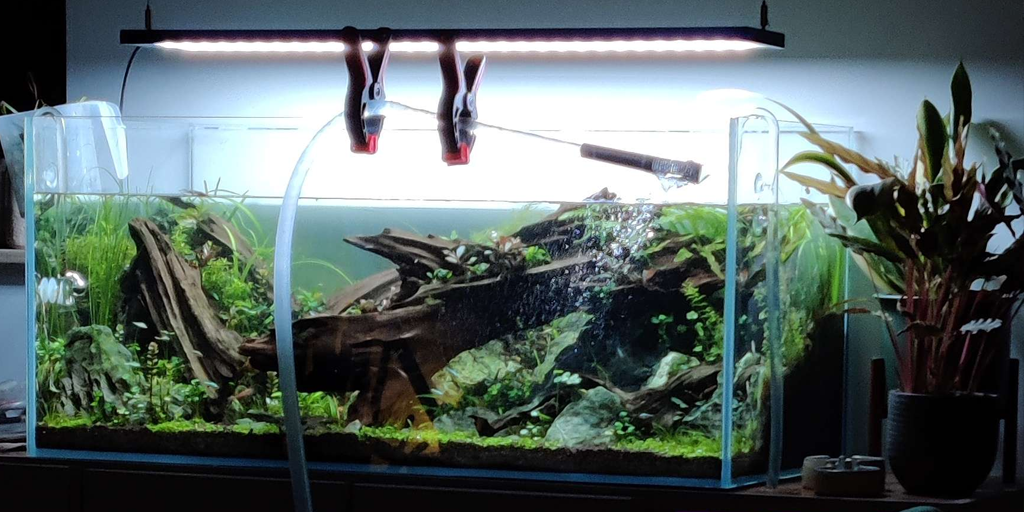
Pruning and Trimming
Aquatic plants grow quickly and need regular pruning to maintain their shape and prevent them from overshadowing other plants. Use aquascaping tools to trim the plants and maintain the desired layout. Pruning and trimming are essential aspects of maintaining an aquascape for several reasons:
- Controlled Growth: Aquatic plants can grow rapidly and without regular trimming, they can overgrow and take over the aquascape. This can lead to an imbalance in the layout and aesthetics of the aquascape.
- Light Distribution: Overgrown plants can block light from reaching the lower levels of the aquascape. This can hinder the growth of other plants that require light for photosynthesis.
- Health of Plants: Regular pruning helps to promote the health of the plants. By removing dead or dying parts of the plants, you can prevent the spread of disease and decay.
- Promote Bushier Growth: Pruning can stimulate bushier growth. When you trim the tops of stem plants, it encourages the plant to produce more side shoots, leading to a fuller, bushier appearance.
- Maintain Design: Regular trimming helps maintain the intended design of the aquascape. Over time, unchecked growth can alter the look of the aquascape, so regular pruning helps keep the design intact.
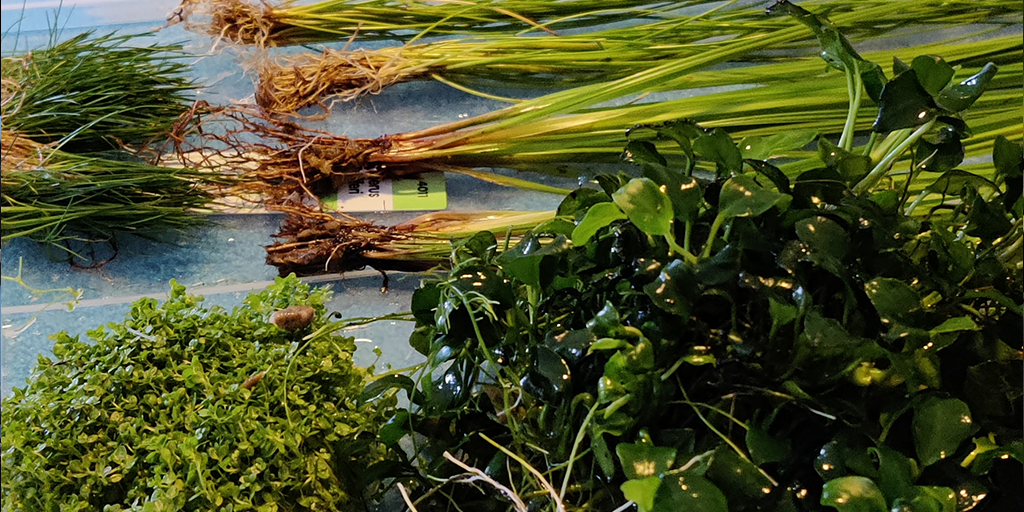
Fertilization
Aquatic plants need nutrients to grow. Use a good quality liquid fertilizer that contains essential macro and micronutrients. Follow the manufacturer’s instructions for dosage. Fertilization plays a vital role in the health and growth of plants in an aquascape for several reasons:
- Nutrient Supply: Aquatic plants, like all plants, require certain nutrients to grow and thrive. These include macronutrients like nitrogen, phosphorus, and potassium, as well as micronutrients like iron, manganese, and zinc. Fertilizers provide these essential nutrients that might not be present in sufficient quantities in the water or substrate.
- Enhanced Growth: Regular fertilization can enhance the growth rate of your aquatic plants. This can be particularly beneficial in a newly set up aquascape, helping plants establish more quickly and start contributing to the tank’s ecosystem.
- Vibrant Colors: Certain nutrients can help bring out the vibrant colors in your aquatic plants. For example, iron is often associated with promoting rich, green colors.
- Prevent Deficiencies: Nutrient deficiencies can lead to various problems in plants, such as yellowing leaves, slow growth, or even death of the plant. Regular fertilization helps prevent such deficiencies by ensuring plants have a consistent supply of the nutrients they need.
- Healthier Aquascape: Healthy, well-fertilized plants contribute to a healthier overall aquascape. They provide oxygen for fish and other inhabitants, help prevent algae growth by outcompeting algae for nutrients, and contribute to the overall balance of the aquarium ecosystem.
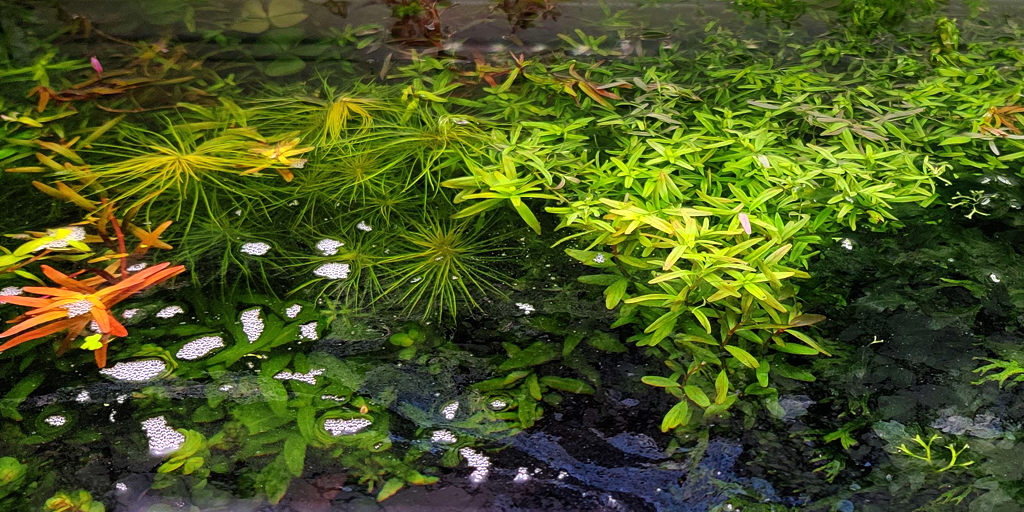

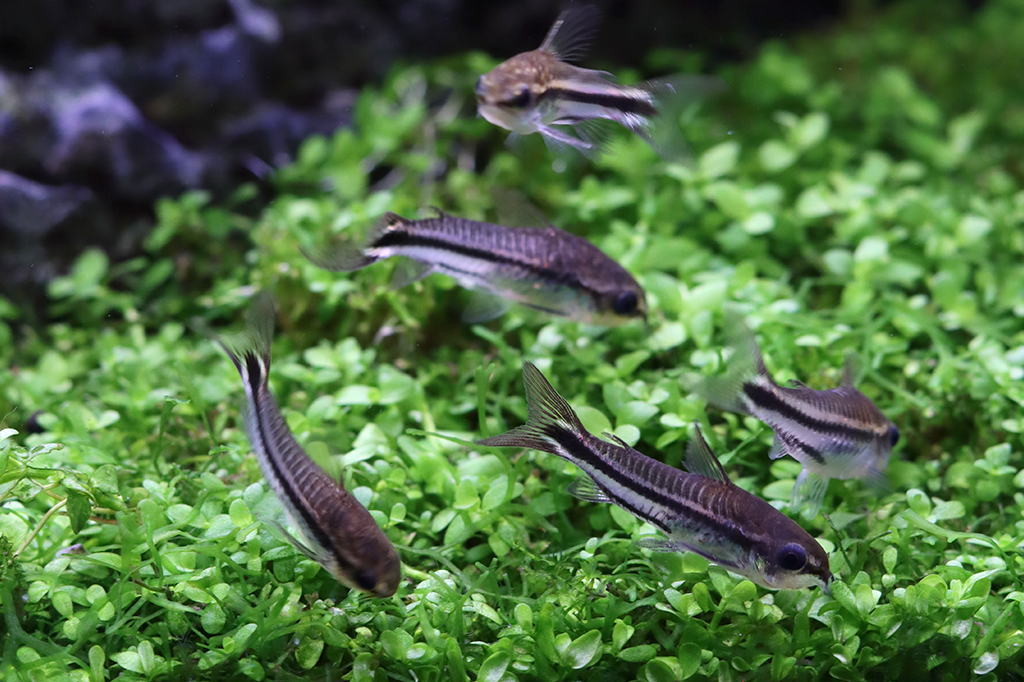




Leave a Reply